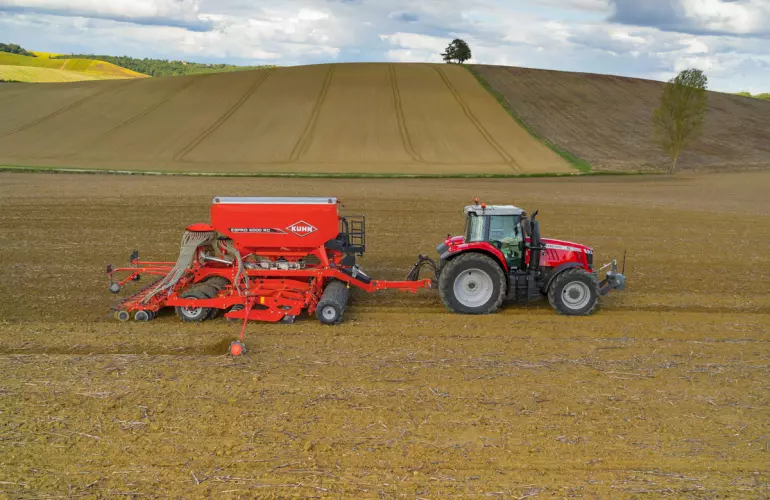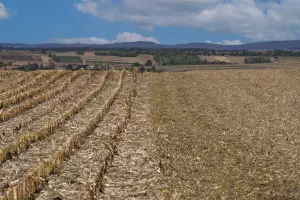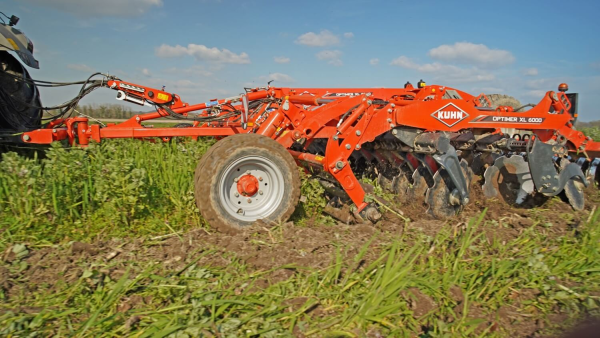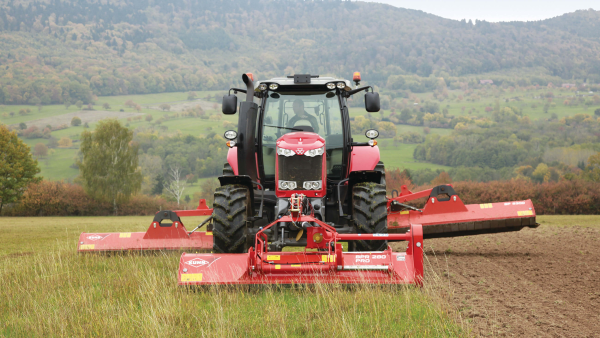

Intercropping must be managed as soon as possible after harvest. In fact, the choice of cropping method needs to be thought through beforehand. The species to include in the cover crop depends on this choice. Tips on seeding, soil-cover solutions, and destroying intermediate crops.
Choosing a single cover crop or multiple species
Different species can be planted during the intercropping period. In the case of rapeseed, regrowth from the previous crop is often the solution. Alternatively, a single-species cover crop can be sown, or even a mix. Most often, cover crops are used in pairs, with grass + legume mixes or grass + crucifer mixes. For some crops, such as maize or sorghum, mulching may suffice for winter cover. In such cases, refer to local regulations.
Growing cover crops: regrowth or seeding
Intercropping management is fairly straightforward in the case of regrowth (with rapeseed, for example), since all you have to do is let the seeds that have fallen to the ground germinate. Nevertheless, shallow stubble cultivation can boost emergence. If a cover crop needs to be seeded, different sowing strategies are possible depending on the chosen crop.
In terms of equipment needed, it depends on the species. Small seeds such as crucifers, can be broadcast. Others, like phacelia (large seeds that require tamping) should be sown with more care, using a cereal or combination seed drill. Between the two, there are also techniques such as small-seed seed drill/stubble cultivator combinations. In conservation agriculture, the cover crop can be sown directly while harvesting. Intercropping mixtures can be sown in several stages if the seed sizes of the different species are incompatible with the equipment, but this method is rare, as it is time-consuming and more costly.

And if it isn’t possible to plant a cover crop?
In maize-growing regions, harvest can be late so planting an intercrop is doomed to failure as temperatures are too low for biomass to develop properly. In this case, mulching is an option. Mulching consists of shredding the maize stalks, then burying them. Regulations may apply to this operation. If so, it must be carried out within a few days of harvesting. Mixing the stalks into the soil allows them to decompose, and fixes the nitrogen available in the soil.

Destroying the intercrop before planting the next crop
Destroying intercrops is sometimes subject to regulatory constraints in terms of date. Agronomically speaking, the more developed a cover crop is, the better it can fix nitrates, increase organic matter, and improve the structure of the soil. There are many destruction techniques depending on the species and type of farming practises.
The easiest method is to let the cover crop freeze as winter sets in. Otherwise, cover crops can be destroyed mechanically, with a plough, a disc tool, a roller (on a frozen crop), or a shredder. These techniques can be combined for a more effective crop destruction. Chemical destruction is also possible, using glyphosate. In conservation agriculture, it is recommended to use techniques that turn the soil as little as possible. In organic farming, chemical weeding is forbidden. When destroying cover crops, attention must be paid to managing slugs, whose populations increase with certain intercrops, and to herbicide residues, which may affect the following crop.



